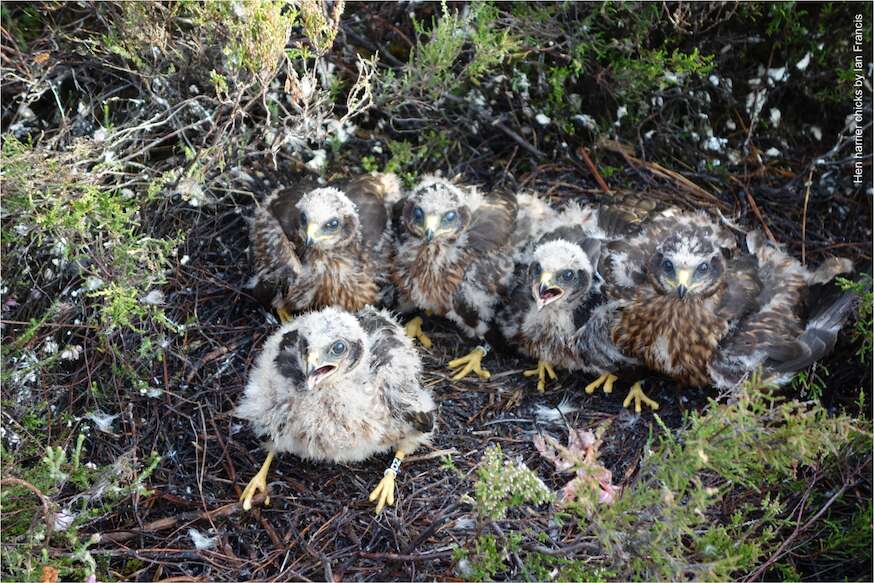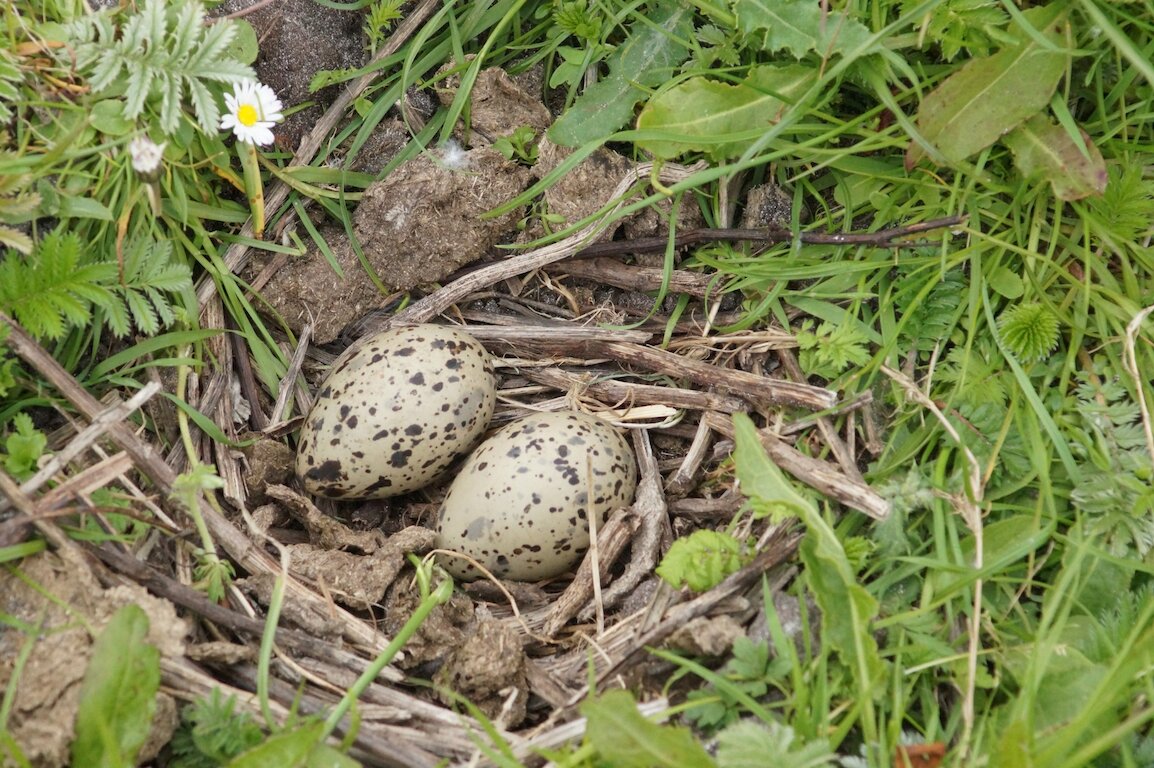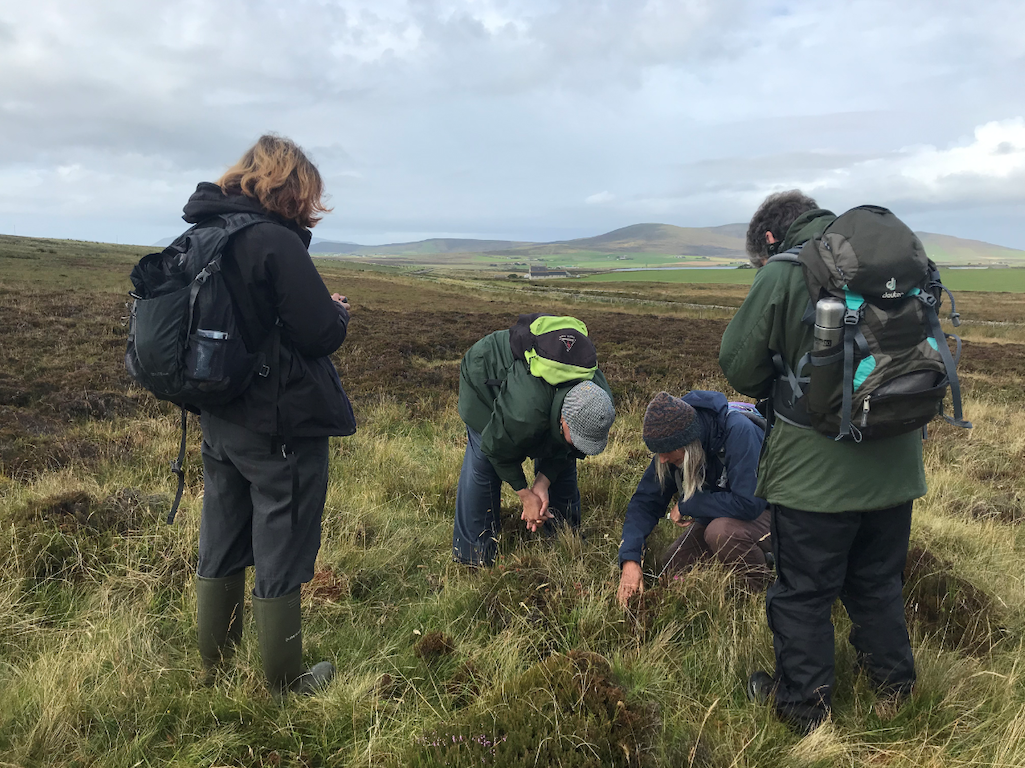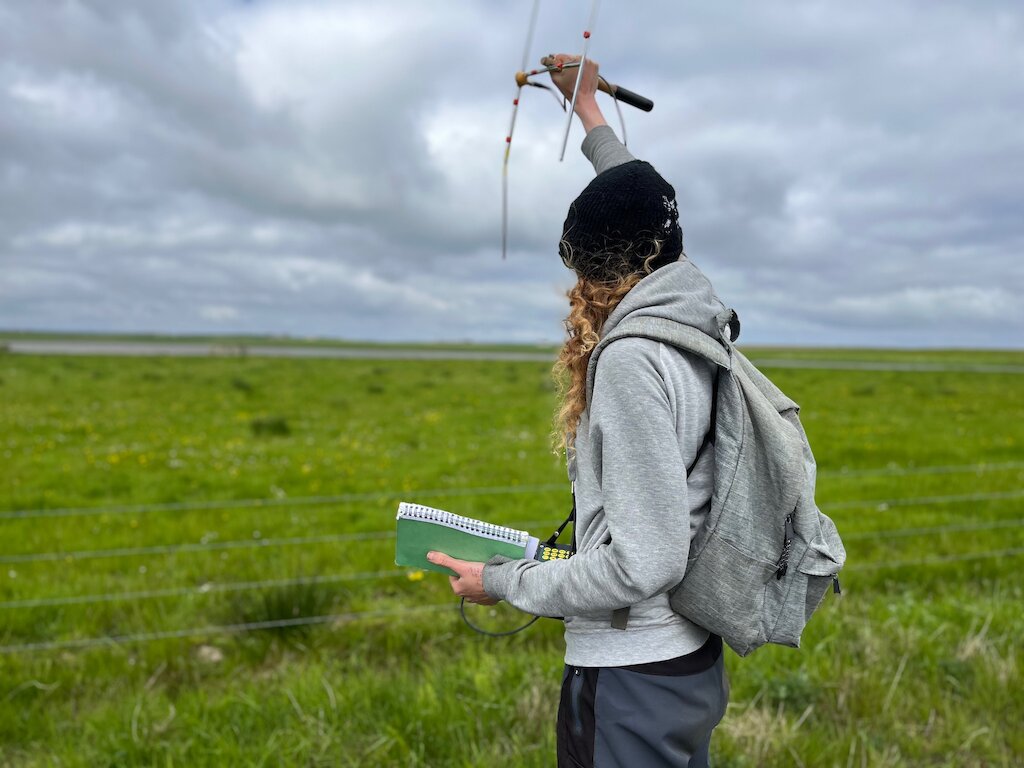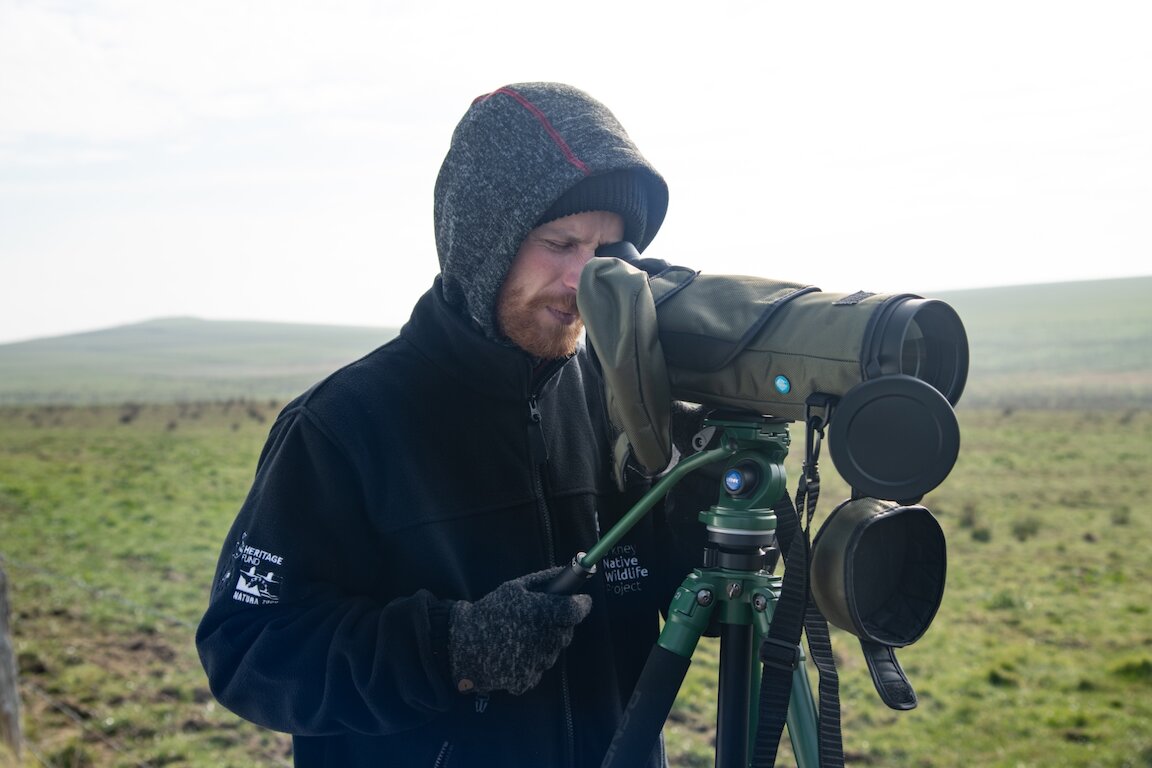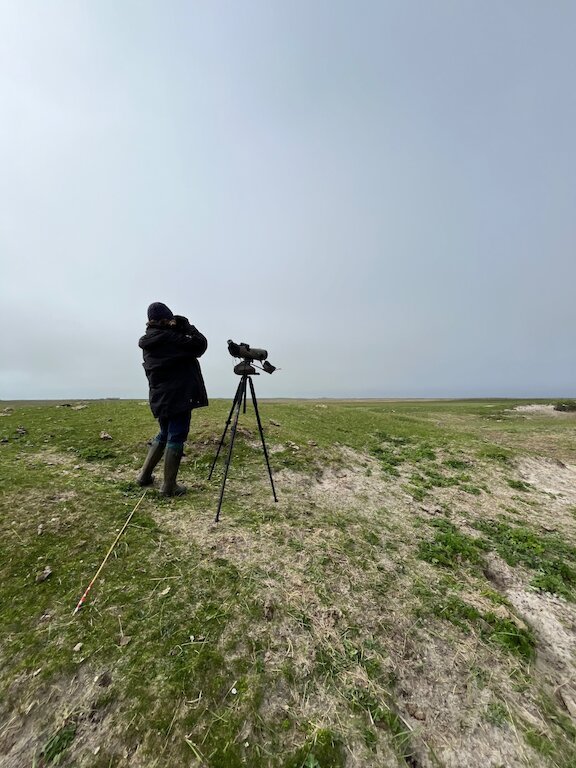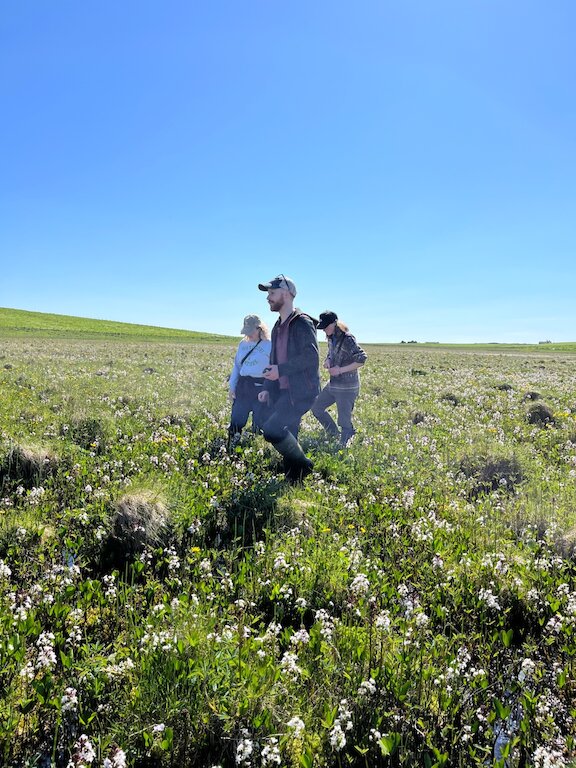The heart of the project is protecting Orkney's native wildlife and the project's monitoring programme is focused on the species most likely to be affected by stoats. It has three aims:

As part of efforts to protect Orkney’s native wildlife and economy, the project aims to ensure impacts on native wildlife are recorded now and into the future.
- Monitoring wildlife
To monitor native wildlife to understand the impact of non-native stoats on native wildlife and the impact of eradicating stoats from Orkney.
- Increasing knowledge
To increase knowledge and enthusiasm for monitoring to help it continue in the long-term once the project is completed.
- Creating opportunities
To provide opportunities for local residents and visitors to be involved through citizen science.

There are lots of ways people can get involved with wildlife monitoring, with something suitable for all levels of experience from wildlife whizz to total beginner, and you can even help from home.
The team
The monitoring team is responsible for gaining land access for vole and bird surveys, undertaking more complex surveys, deploying motion activated cameras, training and supporting volunteers, liaising with local groups that count and record wildlife for example the Orkney Raptor Study Group and Orkney Field Club and analysing the data that is collected.
The survey species
- Orkney vole
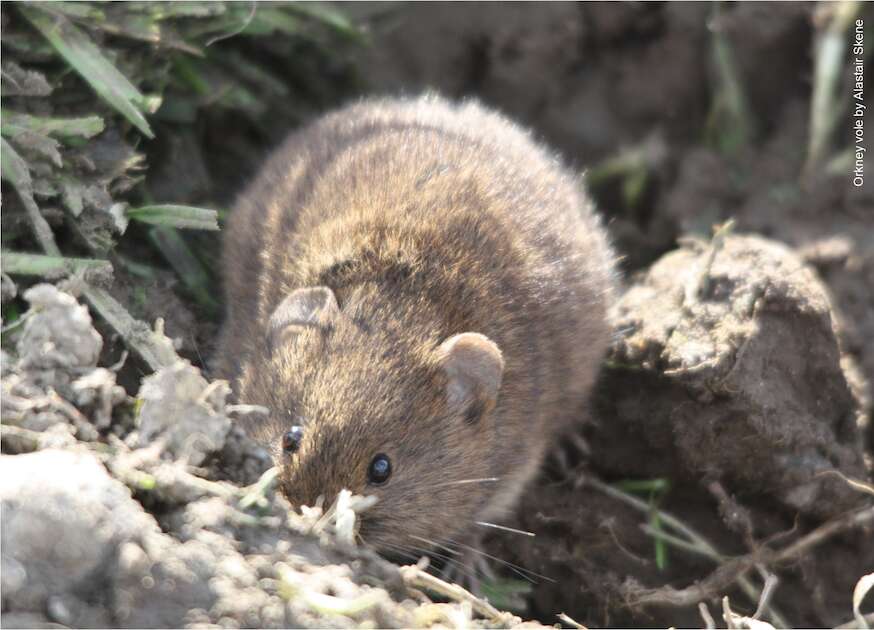 With the help of volunteers, the project is carrying out annual vole surveys at 31 sites across the Orkney Mainland, the linked isles and four stoat-free islands (Eday, Rousay, Sanday and Westray).
With the help of volunteers, the project is carrying out annual vole surveys at 31 sites across the Orkney Mainland, the linked isles and four stoat-free islands (Eday, Rousay, Sanday and Westray).Vole surveys are done in spring and autumn by searching for fresh vole signs (poo and nibbled grass) in multiple 25 x 25 cm areas spread along a fixed 1 km route.
Finding both freshly nibbled grass (known as clippings) and fresh vole poo is a good indicator that Orkney voles are close by.
- Waders
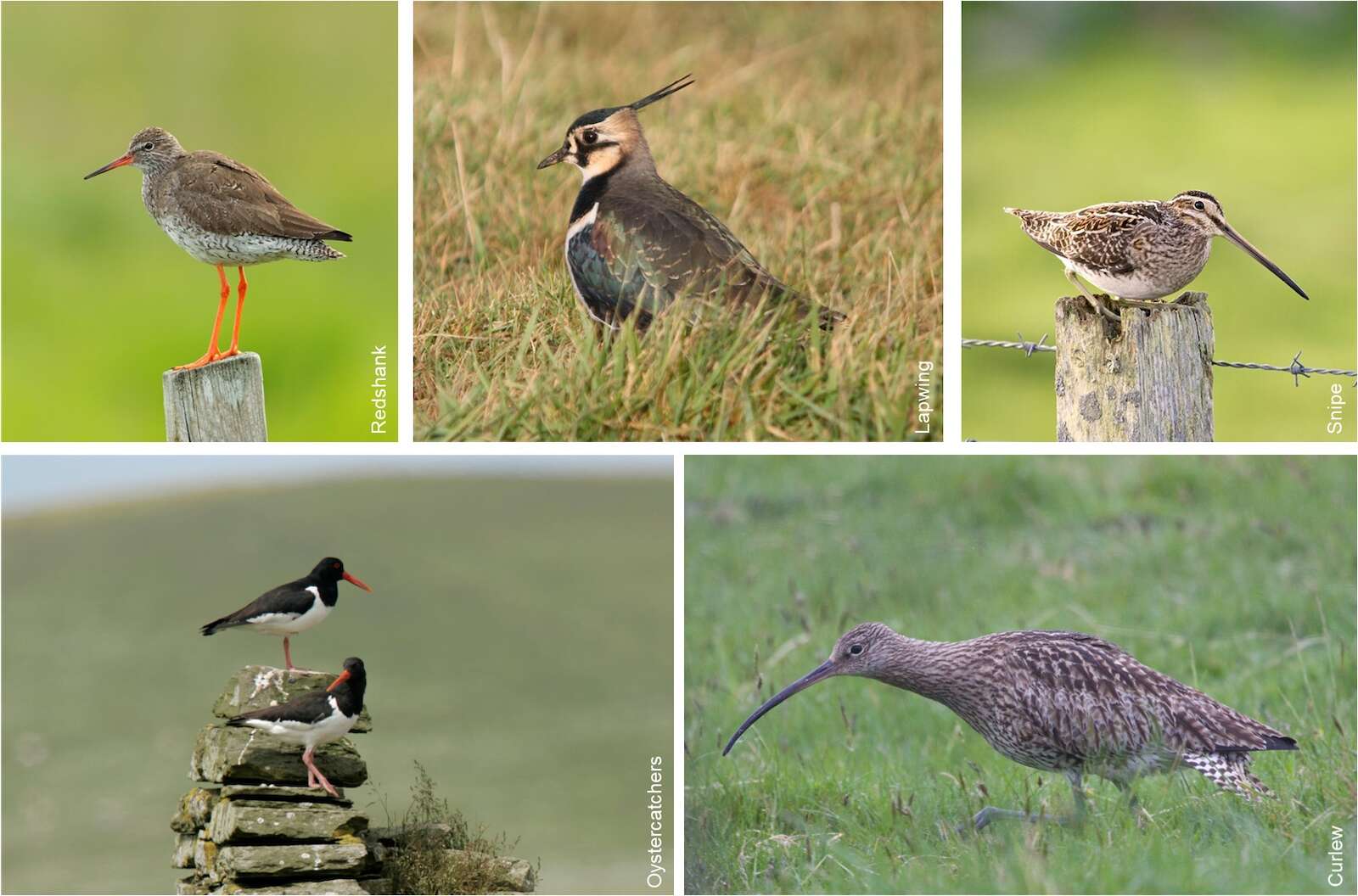 Surveys to establish the numbers of breeding curlew, lapwing, oystercatcher, redshank and snipe take place each spring at various locations across Orkney Mainland, the linked isles and other islands.
Surveys to establish the numbers of breeding curlew, lapwing, oystercatcher, redshank and snipe take place each spring at various locations across Orkney Mainland, the linked isles and other islands.
The team also monitor whether breeding attempts are successful by monitoring some nests until they succeed (young can fly) or fail.In addition, large-scale population monitoring surveys were undertaken in the first year of the project (2019) and will be repeated in the final year. During these surveys, less widespread species such as dunlin, golden plover and ringed plover are also recorded.
- Hen harrier
- Seabirds
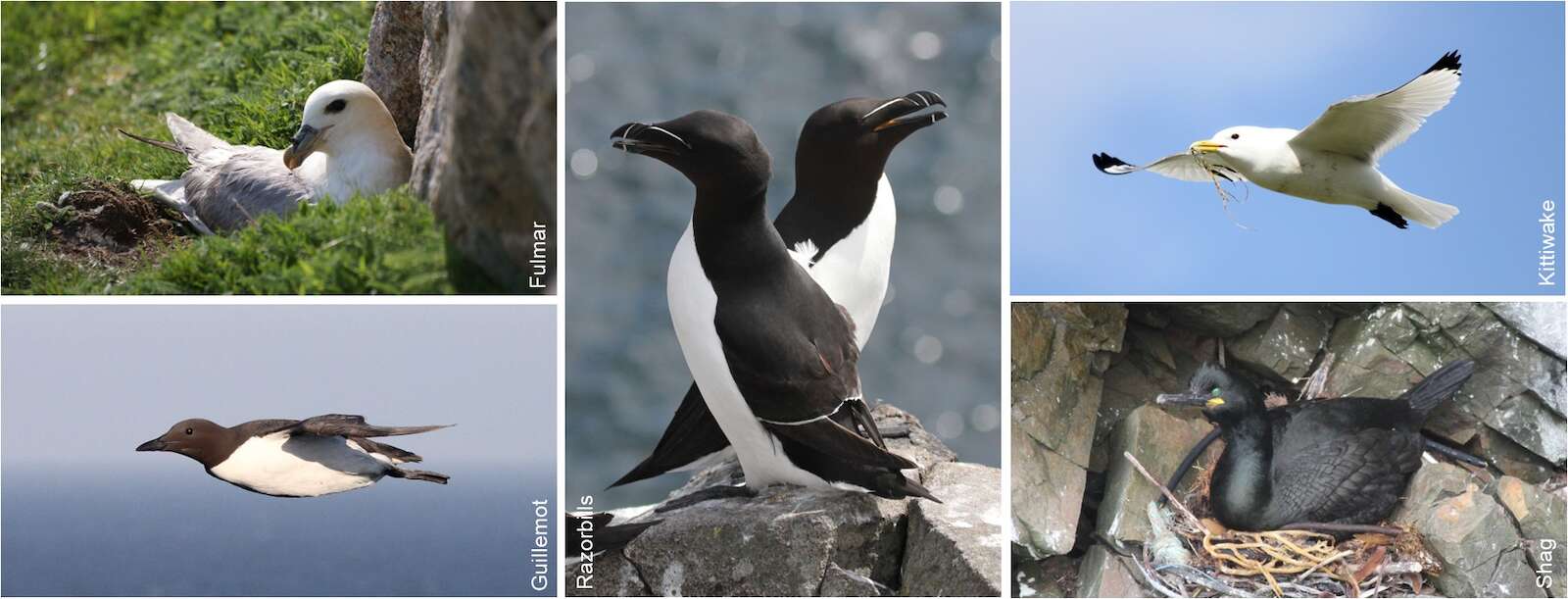 Annual monitoring of fulmars, shags, kittiwakes, guillemots and razorbills takes place at four sites across Orkney mainland, led by RSPB Scotland and their volunteers.
Annual monitoring of fulmars, shags, kittiwakes, guillemots and razorbills takes place at four sites across Orkney mainland, led by RSPB Scotland and their volunteers.At the end of the project, productivity (number of chicks raised per pair) will be compared between before stoats arrived, and before and after the eradication.
This will also be compared with Fair Isle, a stoat-free island where seabirds are likely to experience similar levels of food availability each year as those in Orkney.
- Short-eared owl
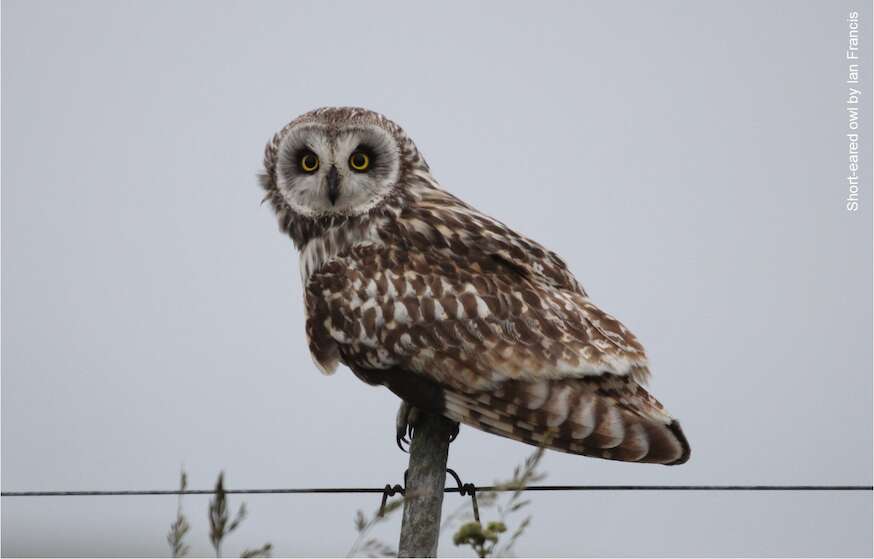 Short-eared owls are very difficult to monitor and there is currently no standard method.
Short-eared owls are very difficult to monitor and there is currently no standard method.The project is using a combination of community sightings and survey data collected each year, and kindly shared, by the Orkney Raptor Study Group to calculate population size estimates and assess changes over time.
Anyone who spots a short-eared owl can share that sighting information on the Short-eared owls in Orkney Facebook page.
- Red-throated diver
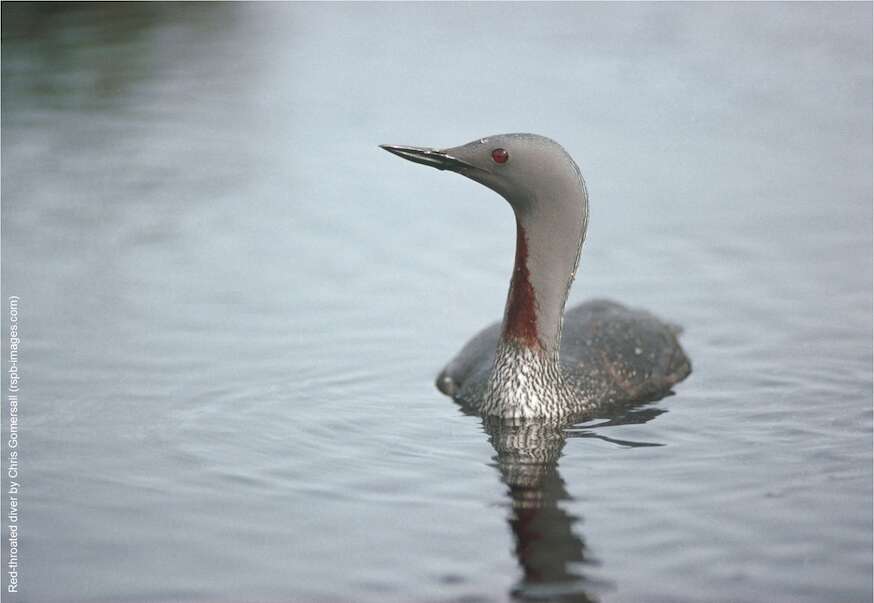 Each spring, several red-throated diver nests are monitored by RSPB Scotland on their Mainland and island reserves. They are sharing this data with the project team to allow a comparison of productivity (number of young raised per nest) between before stoats arrived and before and after the eradication of stoats.
Each spring, several red-throated diver nests are monitored by RSPB Scotland on their Mainland and island reserves. They are sharing this data with the project team to allow a comparison of productivity (number of young raised per nest) between before stoats arrived and before and after the eradication of stoats. - Skylarks, meadow pipits and wheatears
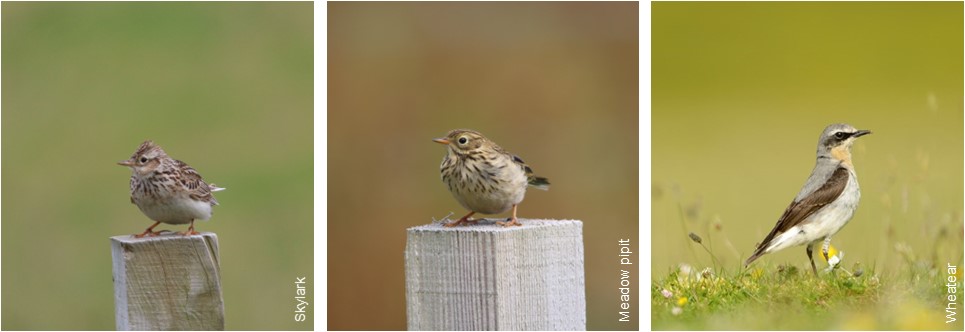 Surveying the same 31 sites as for Orkney voles, the project aims to estimate the density of breeding skylarks, meadow pipits and wheatears by looking for nesting behaviour in early spring.
Surveying the same 31 sites as for Orkney voles, the project aims to estimate the density of breeding skylarks, meadow pipits and wheatears by looking for nesting behaviour in early spring.It will also attempt to assess breeding success by looking for young birds (fledglings) in these same areas later each spring.
Want to join the team?
There are several ways to get involved:
- You can volunteer to help look through trail camera footage of waders, counting chicks or looking for predation.
- You can help with Orkney vole, wader and skylark/meadow pipit surveys.
- For experienced wildlife-watchers, you can help carry out seabird surveys as a volunteer for RSPB Scotland or take part in other breeding bird surveys.

